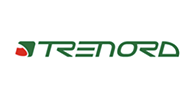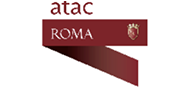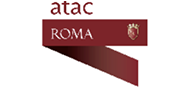Event Mobility Planning
with MAIOR
Planning mobility for a big city event presents several challenges due to the increased demand for transport services and the need to manage large crowds efficiently.


Qatar 2022
At one of the most important World Cups with an influx of +3 million people from around the world, it was essential to optimize and improve the performance of public transport and workforce management systems using the MAIOR Suite’s powerful algorithms.
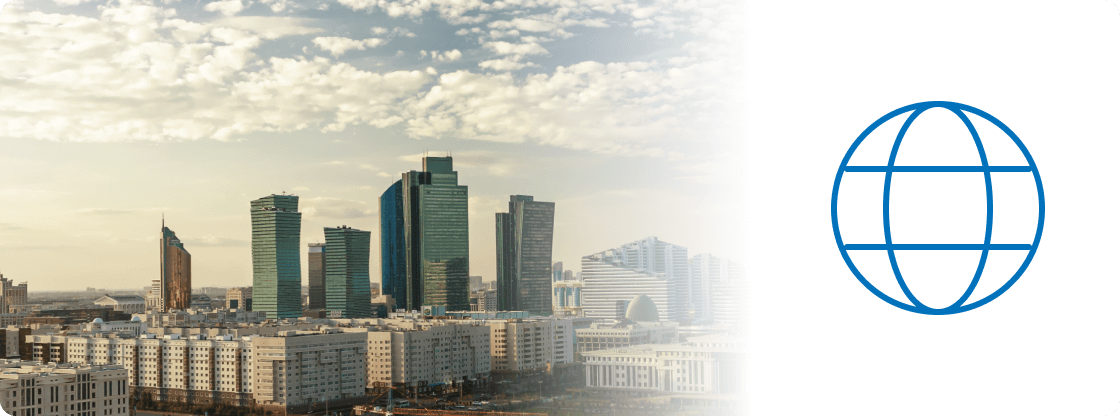
Kazakhstan 2017
The world-scale event held in Nur-Sultan (Astana) required MAIOR’s innovation to design, plan and optimize the public transport of large crowds with urban and regional services.
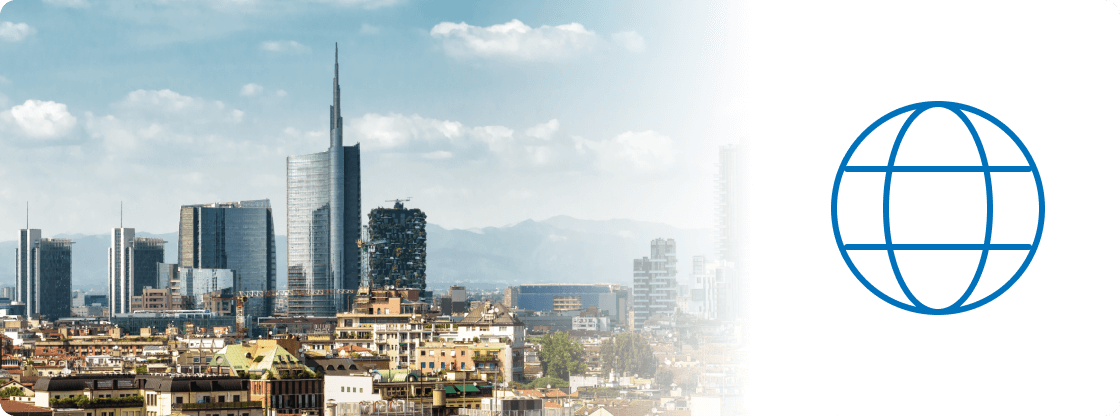
Milan 2015
To cope with even the smallest daily contingencies, the MAIOR Suite was a key solution in planning and managing public transport during one of the most remembered world events in Italy.

Tuscany 2013
The MAIOR Suite and its powerful algorithms made it possible to address all needs and challenges of the public transport fleet and workforce that arose during this major cycling event.
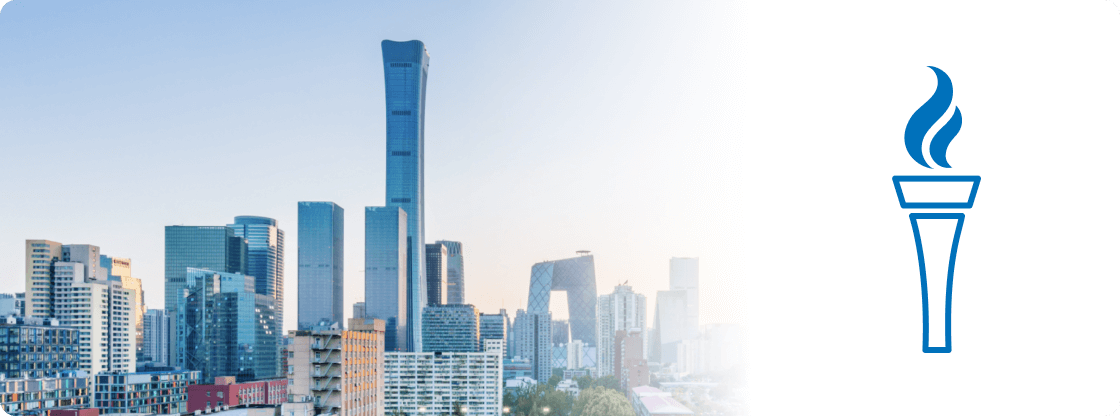
Beijing 2008
An event that required an advanced preparation to efficiently handle the daily attendance of millions. The MAIOR Suite helped to plan and optimize vehicles and drivers performance thanks to its powerful optimization algorithms.

Turin 2006
Urban and regional public transport authorities and operators of this global event found the MAIOR Suite to be the effective and efficient solution for planning and optimizing fleet and workforce operations.
Some of the main challenges when planning an event include
- Traffic Congestion
The influx of visitors attending the event can lead to significant traffic congestion on city roads. This congestion can affect both private vehicles and public transport, causing delays and disruptions in the overall mobility network. - Public Transport Capacity
The existing public transport system may not have the capacity to handle the surge in ridership during the event. Additional buses, trains, or other forms of public transport may be required, necessitating careful planning and coordination. - Communication and Information
Clear and timely communication about transport options, routes, and any changes in schedules is critical for attendees to plan their travel effectively. This includes providing real-time updates through mobile apps or digital displays. - Environmental Impact
Large events can generate a significant carbon footprint due to increased transport activities. Planning for sustainable mobility options, such as electric buses or encouraging cycling and walking, can help reduce the environmental impact. - Contingency Planning
Unexpected situations, such as adverse weather conditions or unforeseen incidents, may disrupt mobility plans. Having contingency measures in place can help mitigate the impact of such disruptions.
100+ systems in production
around the world
Europe, North America, the Middle East, Oceania, South America, & Asia
Would you like to learn more about the MAIOR Suite?
Book a meeting with our team

